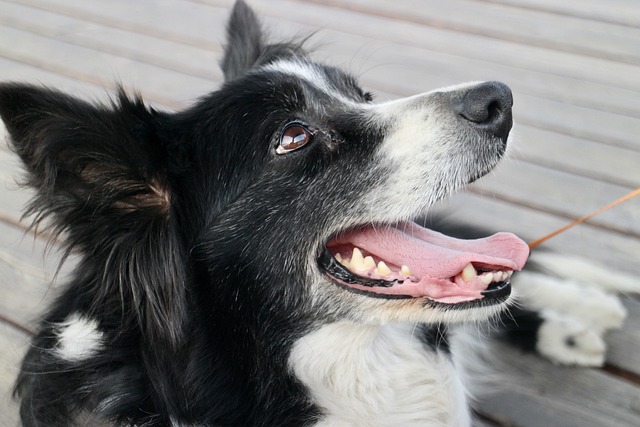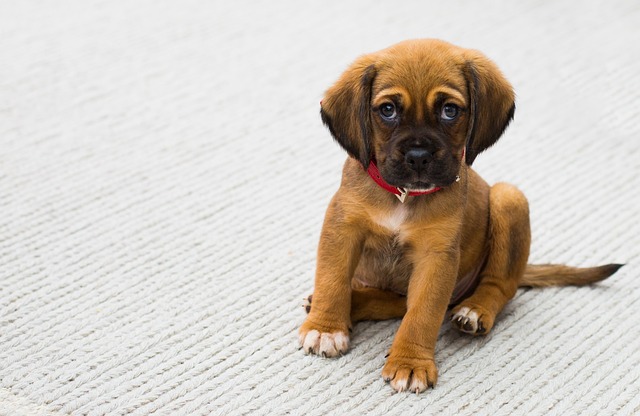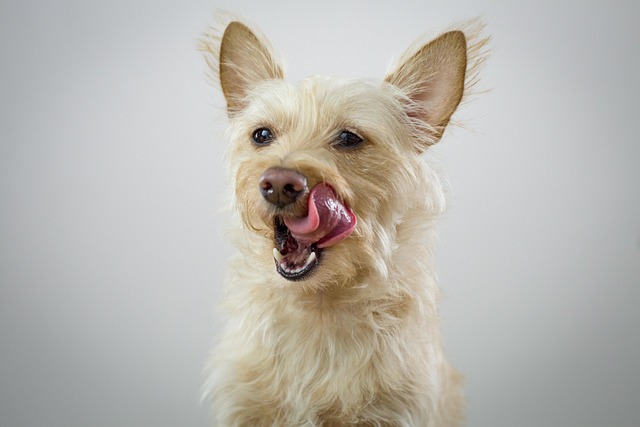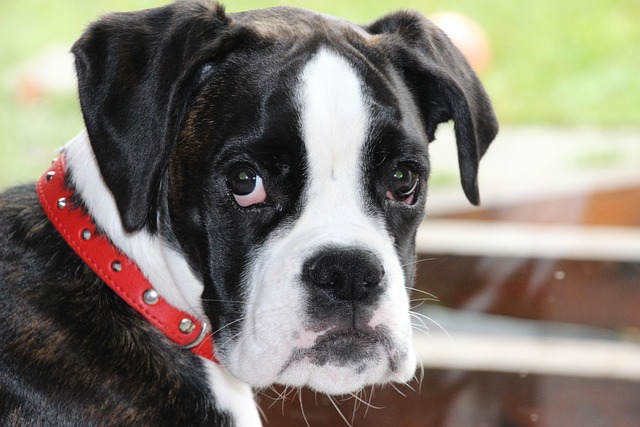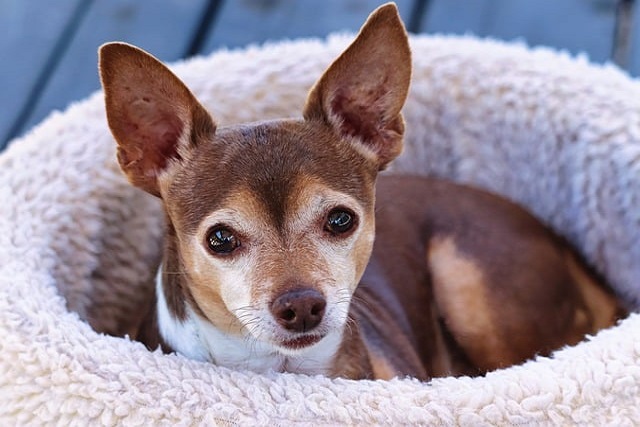If you're staring at another puddle on your kitchen floor, wondering why your 6 month old puppy still not potty trained, you're definitely not alone in this frustrating journey. After years of working with countless puppy parents, I can tell you that potty training delays at six months are far more common than most people realize – and there are usually very specific reasons behind them.
The truth is, while many training guides suggest puppies should be fully house-trained by four to six months, real life rarely follows textbook timelines. Your puppy isn't being stubborn or spiteful; there's likely a genuine developmental, behavioral, or environmental factor at play that needs addressing.
Let's start with what's actually realistic when it comes to potty training timelines. Most puppies begin showing signs of bladder control around 12 to 16 weeks, but achieving consistent reliability often takes several more months. Think of it like learning to drive – just because a teenager can physically operate a car doesn't mean they're ready for rush hour traffic. Your puppy's brain and body are still developing the complex coordination needed for reliable bathroom habits.
The six-month mark is particularly tricky because it coincides with adolescence in dogs. Just like human teenagers, puppies going through this phase can seem to "forget" previously learned behaviors. Their hormones are surging, their attention spans might actually decrease, and they're testing boundaries in ways that can make even the most patient owner want to tear their hair out.
Size matters tremendously in this equation, too. Smaller breeds often take longer to achieve full bladder control simply because their tiny bladders fill up faster and their metabolisms run at lightning speed. A Chihuahua puppy might need to relieve themselves every hour or two, while a German Shepherd puppy of the same age can hold it for several hours. It's not a matter of intelligence or willfulness – it's pure physiology.
Now, here's where breed-specific puppy potty training challenges become really important to understand. Some breeds come with built-in obstacles that many owners don't anticipate. Take hounds, for instance. These dogs were bred to follow their noses above all else, which means they can get so distracted by interesting scents during potty breaks that they completely forget why they went outside in the first place.
Terriers, bless their determined little hearts, can be incredibly stubborn about doing things on their own terms. They might understand perfectly well that they should go outside, but choose to hold it until they find the exact right spot – which might be your expensive rug. Working breeds like Border Collies might actually overthink the process, getting anxious about whether they're doing it "right" and developing performance anxiety around elimination.
Then there are the toy breeds, which face unique challenges that go beyond their small bladders. Many were historically kept as indoor companions, so the instinct to eliminate outside isn't as deeply ingrained as it might be in breeds developed for outdoor work. Brachycephalic breeds (those with flat faces) can struggle with the physical exertion of getting outside quickly when nature calls, especially in extreme weather.
Understanding puppy developmental stages and potty training is crucial because your six-month-old is navigating some serious neurological changes. Their prefrontal cortex – the part of the brain responsible for impulse control and decision-making – is still developing. This means they might genuinely intend to make it outside but get distracted by a butterfly, a noise, or simply the overwhelming excitement of being a puppy.
The adolescent phase also brings increased independence, which can manifest as selective hearing when it comes to potty training cues. Your puppy might have been responding beautifully to your "outside" command at four months, but now they're questioning whether they really need to follow your suggestions. It's not defiance – it's normal cognitive development that requires adjusted training approaches.
Sleep patterns change during this period too, which can throw off established routines. Many puppies experience growth spurts that leave them sleeping more deeply, making it harder for them to wake up when they need to eliminate. Others become more active and alert, leading to disrupted schedules that confuse their biological rhythms.
Let's talk about the mistakes that can unknowingly sabotage your efforts. Inconsistency ranks at the top of the list. Maybe you're vigilant about the schedule during the week but relax on weekends, or different family members have different rules about where and when the puppy should go. Dogs thrive on predictability, and mixed messages create confusion that can set back progress significantly.
Another common pitfall is expecting too much too soon. If you're frustrated that your puppy still needs frequent breaks or can't hold it through the night, you might be pushing beyond their current developmental capacity. This pressure can actually create anxiety around elimination, leading to even more accidents as your puppy becomes stressed about the whole process.
Punishment after accidents is perhaps the most counterproductive mistake of all. When owners react with anger or disappointment to indoor accidents, puppies often learn to hide their elimination rather than seek appropriate outlets. This leads to puppies who sneak off to quiet corners or wait until their owners aren't watching – exactly the opposite of what you want to achieve.
The cleaning approach matters more than many people realize, too. Using ammonia-based cleaners can actually attract puppies back to accident sites because ammonia smells similar to urine to their sensitive noses. Without proper enzymatic cleaners that break down odor-causing bacteria, you might inadvertently be marking indoor accident spots as acceptable bathroom areas.
So, what can you do if your puppy is still not house trained at six months? Start by going back to basics with a more intensive schedule. Take your puppy out every hour during waking hours, immediately after meals, after naps, during play sessions, and first thing in the morning and last thing at night. Yes, it's exhausting, but think of it as a temporary reset that rebuilds good habits.
Crate training becomes your best friend here, but make sure the crate is properly sized – large enough for your puppy to stand and turn around, but not so large that they can eliminate in one corner and sleep in another. Dogs naturally avoid soiling their sleeping areas, so a correctly sized crate helps strengthen their natural instincts to hold it.
Consider your puppy's individual signals more carefully. Some puppies are subtle in their communication – a slight restlessness, moving toward the door, or even just a change in expression might be their way of saying they need to go out. Keeping a journal for a few days can help you identify patterns you might have missed.
For delayed puppy potty training solutions that work, timing is everything. Feed your puppy at consistent times each day, which helps regulate their elimination schedule. Most puppies need to go out within 15-30 minutes after eating, but some need longer or shorter intervals. Water access should be consistent too, but you might need to limit it a few hours before bedtime to help with overnight success.
Weather can be a bigger factor than many owners realize. Some puppies develop aversions to going outside in rain, snow, or extreme temperatures. Having a covered area or even teaching them to use a specific spot closer to the house during bad weather can help maintain progress when conditions are challenging.
If you've tried everything and your puppy is still struggling, it might be time to consult your veterinarian. Medical issues like urinary tract infections, intestinal parasites, or food sensitivities can all interfere with normal potty training progress. Sometimes what looks like behavioral stubbornness is actually a physical problem that needs addressing.
Remember that every puppy develops at their own pace, and comparison with other dogs or even breed standards isn't always helpful. Your six-month-old might need another month or two to fully mature into reliable bathroom habits, and that's perfectly normal. The key is maintaining consistency, patience, and positive reinforcement while they develop the physical and cognitive capacity for full house training success.
Most importantly, don't lose hope. With the right approach tailored to your specific puppy's needs and developmental stage, even the most challenging cases can achieve success. Your persistence and understanding during this phase will pay off with years of reliable bathroom habits and a stronger bond with your furry companion.
